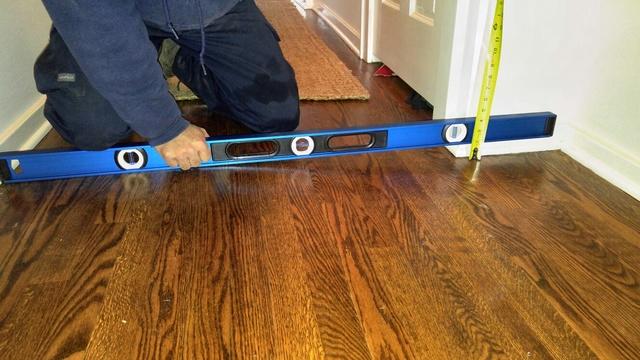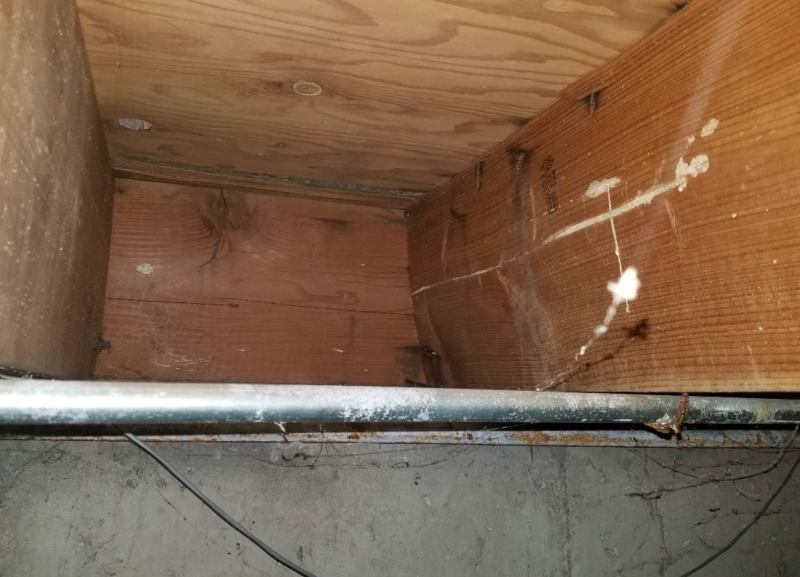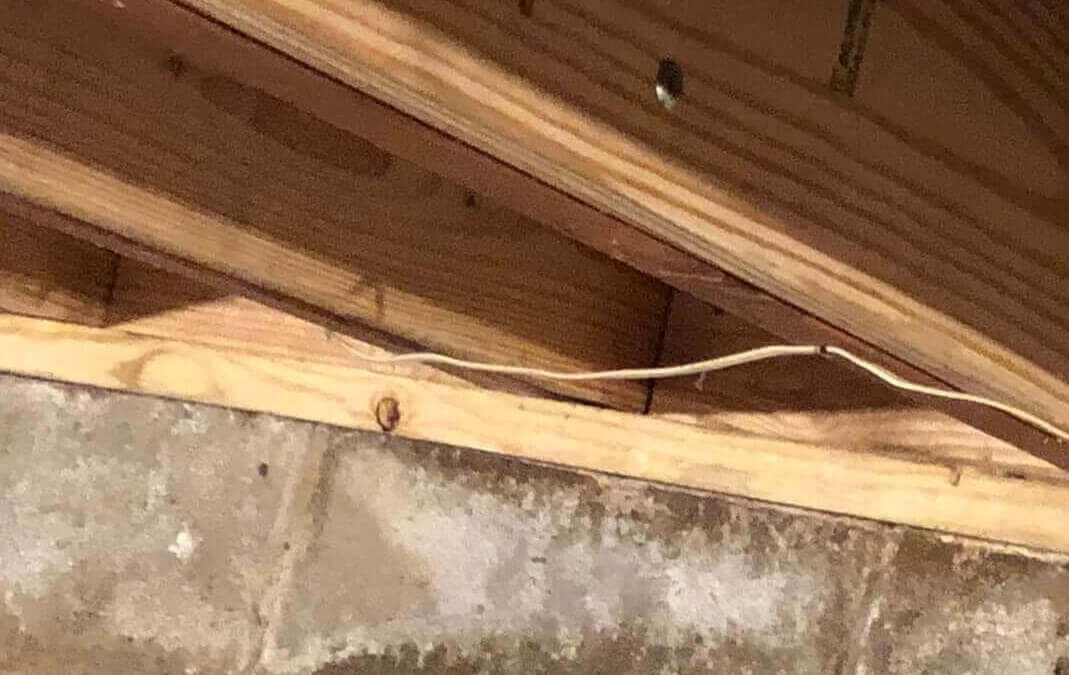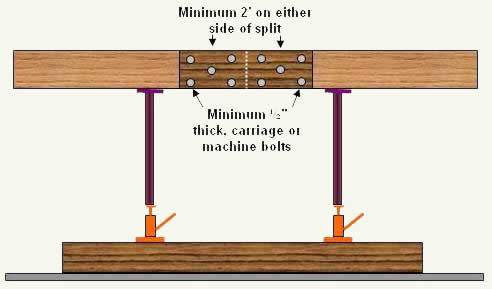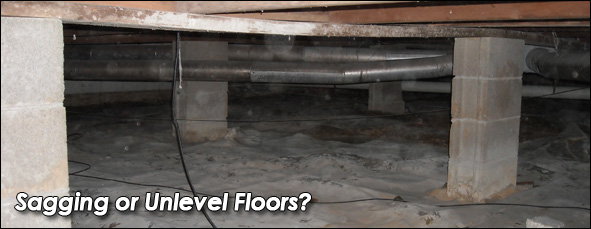Typically joist sag is the result of the floor joists spanning too great a distance but occasionally an individual joist may sag due to rot breakage or a structural problem in a slab.
Sagging in floor joists is typically caused by.
A dozen metal rafter ties.
Several other species of wood can be used but these two are the.
Bounciness is usually caused by undersized floor joists.
A common scenario is to install temporary jack posts and support beams then permanent posts and beams over new footings.
These floor joists are sagging for a reason and if you don t tackle the underlying problem you re setting your home up for danger.
Normally a floor joist is a 2 inch wide by 10 inch thick piece of yellow pine or douglas fir.
Sagging can be the result of undersized joists an undersized support beam or support posts that have rotted at the bottom or settled into the ground.
Deteriorating floor joists posts or beams can be caused by termite infestation water damage or dry rot.
The solution to sagging floors or the damaged sills and joist ends that contribute to them often involves jacking.
Replacing joists costs around 100 to 300 for each new joist.
Sloping floors verses sagging floors.
The cause of these may be the same or may be different.
In this article we review what can cause a sagging floor and provide details to help you determine which issue is relevant to your home.
Sagging floors are an annoyance and an eyesore but they can also be dangerous.
Sagging floor issues often relates to framing issues or the loads that the floors are carrying.
A sagging floor is a sign that the bones of your home are diseased or damaged.
A taut string stretched across the floor will show the amount of deflection and improvement.
Sagging in floor joists is typically caused by a.
Improperly sized floor joists.
Improper moisture content of the wood i think it s d.
Two four by six wood beams of 8 to 10 feet each as straight as you can find them.
Temporary adjustable floor jack tall enough to reach the floor joists from the basement floor.
These terms are related and a sagging floor actually has a slope from each side of the sag.
In our experience the earlier these issues are detected and addressed the less expensive the repairs are.
Deteriorating floor joists or posts.
Four or five beams of the same size as your floor joists typically two by eight and as long as the room.
Improper nailing of sub flooring.

